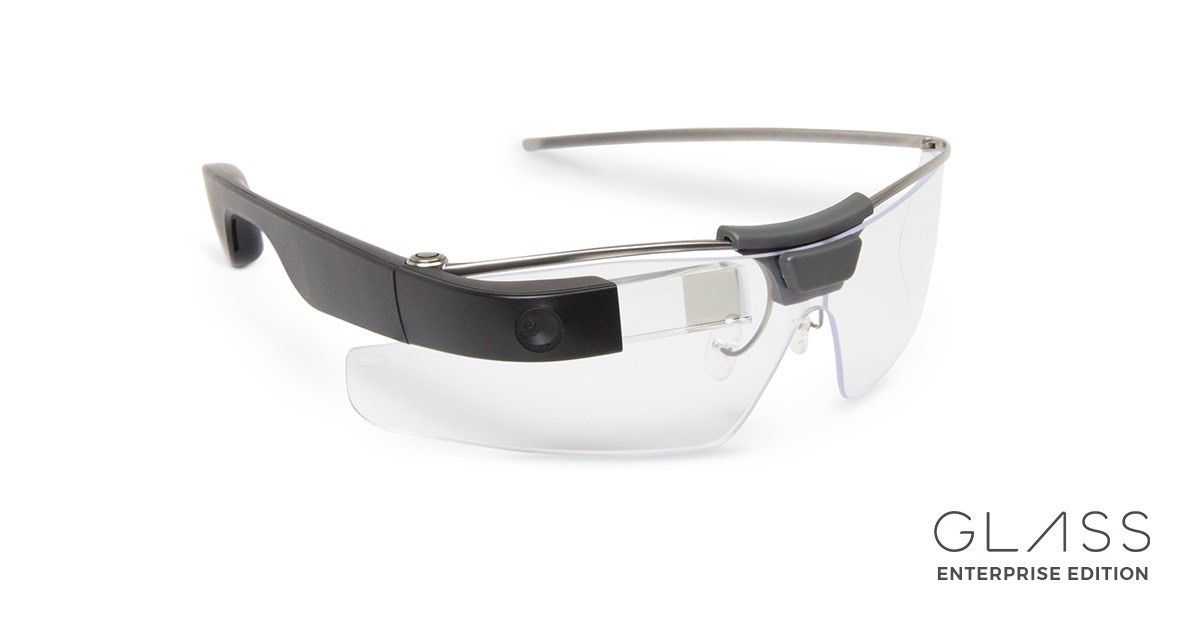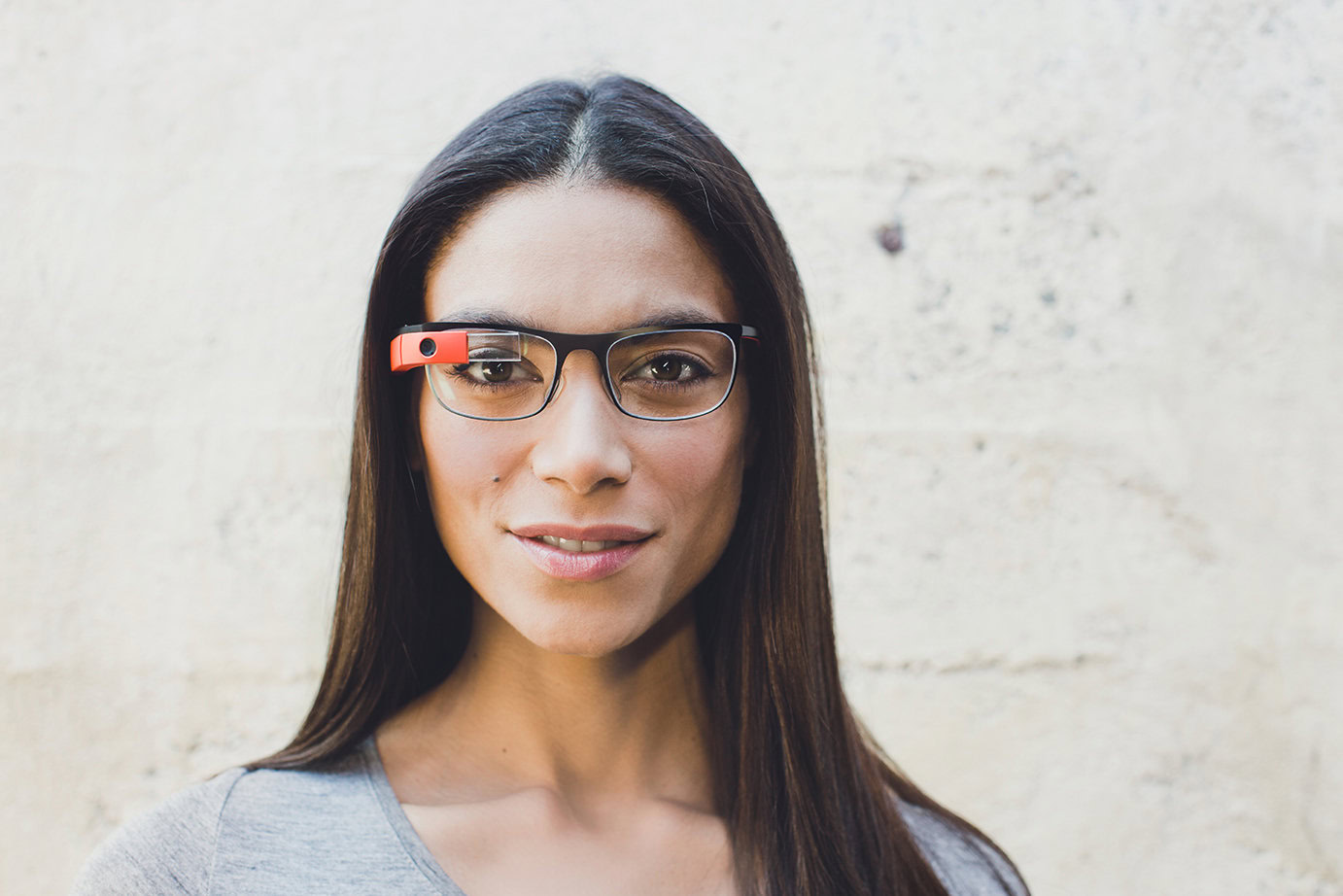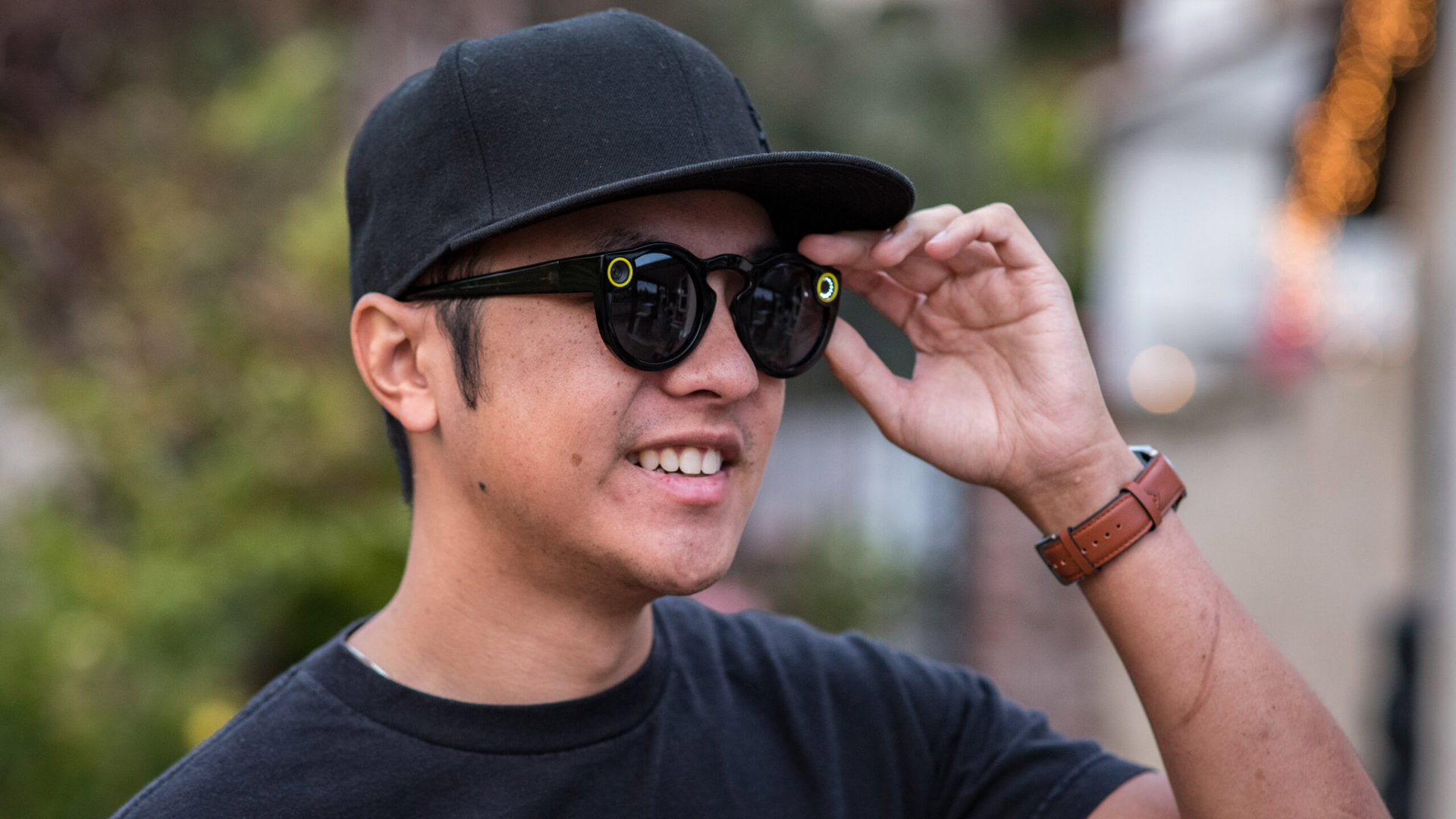Affiliate links on Android Authority may earn us a commission. Learn more.
Apparently Google Glass isn't dead, because a new version has just been revealed
Published onJuly 18, 2017

Google Glass burst onto the scene in 2013, a wearable gadget comprising a head-mounted display an eye-level camera. While it was regarded as an exciting prospect, Google Glass failed to properly get off the ground, held back by privacy worries, basic functionality issues, as well as its whopping $1500 price of entry.
That being said, the original device wasn’t intended to be a mass market product and was only available in limited quantities. Though this doesn’t look like it’s going to change, Google Glass is making a pseudo-comeback with an all-new version.
In a blog post by Alphabet X, Alphabet’s experimental projects group, the company officially announced Google Glass Enterprise Edition. This product was rumored to be in production back in 2015, and prototypes had been spotted on eBay in early 2016. Alphabet says it has spent two years redesigning Glass with the help of 30 expert partners, and the new model is the culmination of that hard work. But those hoping for a Spectacles-like consumer product are going to be sorely disappointed — Glass EE is aimed squarely at workplace applications.
“Workers in many fields, like manufacturing, logistics, field services, and healthcare find it useful to consult a wearable device for information and other resources while their hands are busy,” wrote Google Glass project lead Jay Kothari in the blog post. Kothari also discussed some of the new Glass’s achievements where it has been tested in professional environments.

DHL supply chain efficiency reportedly increased by 15% when Glass was introduced, while Glass EE also helped boost “machinery production time by 25 percent and inspection times by 30 percent” at agriculture machinery manufacturer AGCO.
But what does Google Glass Enterprise Edition do differently than the original Google Glass? For starters, it has better battery life. The original lasted somewhere between three and five hours before it needed to be recharged. While it’s not clear what standby times the new version provides, if it is to be used in the workplace, I would expect it is at least eight hours of operation.
Next, the unit has received a red light indicated to display when it is recording. This addition would partially address the aforementioned privacy concerns, and it’s a solution that Snap also delivered with its Spectacles. The camera sensor has been upgraded now too, up to 8 MP compared to the previous 5 MP unit.

Meanwhile, both the Wi-Fi connectivity and internal processor are said to perform faster, and one of the more significant changes comes in the unit’s build: it can now be attached to other glass frames, seemingly anything from goggles, to sunglasses, to prescription glasses.
Alphabet says that the Glass Enterprise Edition now available to “more businesses through our network of expert partners,” but didn’t discuss any other price or availability details. You’re unlikely to see this on the market anytime soon, but if you’re looking for something similar, you might not have long to wait for Spectacles 2.0.